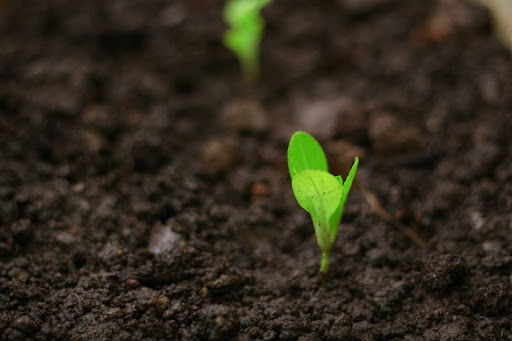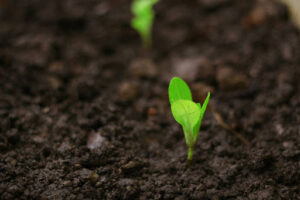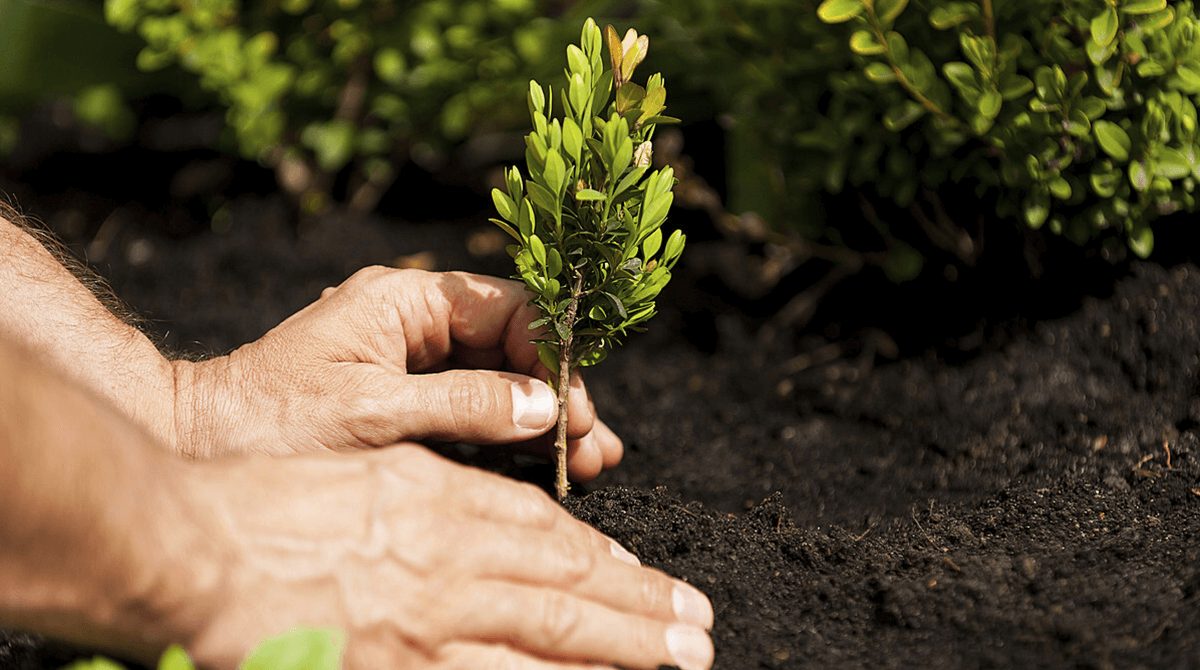
Date March 29, 2024
Trees require three broad varieties of nutrients to thrive, but the soil that feeds them can’t always provide the appropriate sustenance. When a soil analysis reveals insufficient nutrient levels, arborists must establish the proper environment using fertilizers. This guide examines the precise variables that go into proper tree nutrition and explores how fertilization can help overcome deficiencies.
Primary Macronutrients
Image via Unsplash by Daniel Dan
Nitrogen, phosphorous, and potassium are the primary macronutrients, meaning that they’re needed in the largest quantities. Each primary macronutrient fulfills a unique set of functions that allow a tree to grow and sustain itself, as follows:
- Nitrogen: Promotes photosynthesis, which is the process by which plants convert water, sunlight, and carbon dioxide into food to sustain themselves.
- Phosphorous: Facilitates root growth, enhances resilience toward disease, and promotes the production of seeds, flowers, and fruit.
- Potassium: Protects trees from cold temperatures and disease and encourages the production of healthy fruit.
Secondary Macronutrients
Secondary macronutrients are needed in large quantities and are normally already present in the soil at sufficient levels. There are three crucial secondary nutrients:
- Calcium: Builds rigid cell walls, allowing trees to develop a strong stem and overall structure.
- Magnesium: Facilitates the production of chlorophyll, the green pigment in leaves that absorbs sunlight.
- Sulfur: Promotes disease resistance, seed formation, and general plant growth, as well as aiding chlorophyll production.
Micronutrients
Trees require the following micronutrients in small quantities:
Boron: Helps trees use and regulate other nutrients and is essential for seed and fruit development.
Copper: Assists trees in reproduction.
Chloride: Supports tree metabolism.
Iron: Facilitates chlorophyll formation.
Manganese: Helps enzyme systems digest carbohydrates and convert nitrogen.
Molybdenum: Assists with nitrogen conversion.
Zinc: Helps transform carbohydrates, regulate sugar consumption, and encourage healthy plant growth.
What Is Tree Fertilization, and What Are Its Benefits?
Tree fertilization involves adding essential nutrients to the soil surrounding a tree. It’s an essential practice because soil often lacks the proportions of nutrients needed to promote and sustain healthy tree growth. The primary macronutrients, in particular, are often absent in sufficient quantities. Fertilizers containing all three primary macronutrients are known as complete fertilizers. Nitrogen, phosphorous, and potassium are typically added in a 3:1:1 ratio, but the ideal ratio depends on a soil’s specific nutrient composition.
Soil tends to provide enough of the secondary macronutrients and micronutrients, but that’s not always the case. If soil analysis reveals a low level of any one of these nutrients, an arborist can customize a fertilizer blend to address the deficiency.
Properly fertilizing the soil benefits trees by providing an ecosystem that supports their growth. With sufficient nutrients, trees can:
- Grow and establish themselves faster.
- Develop finer roots to enhance water and nutrient uptake.
- Recover faster after pruning or sustaining damage.
Tree Nutrition and Fertilization Services in Dallas–Fort Worth, Texas
Tree nutrition and fertilization are among our specialties at TreeNewal. We use sustainable fertilizer products and aim to provide our clients with the greatest value with minimal environmental impact. Contact us online or call 817-329-2450 to learn more about our fertilization process and our other sustainable tree care services.









